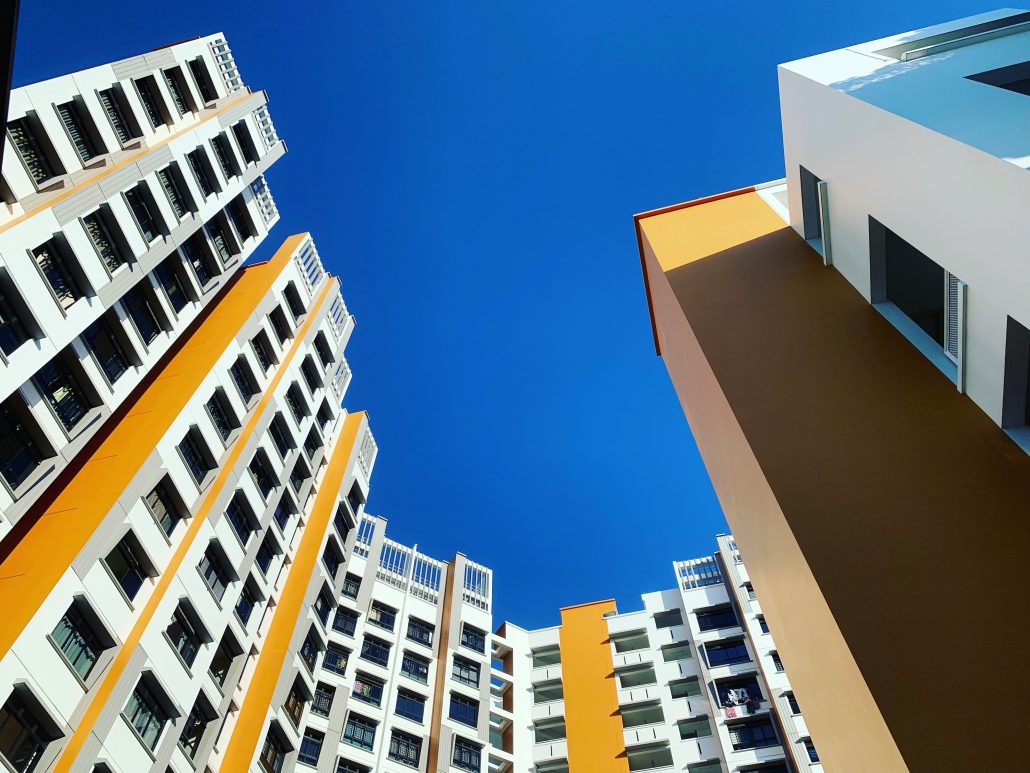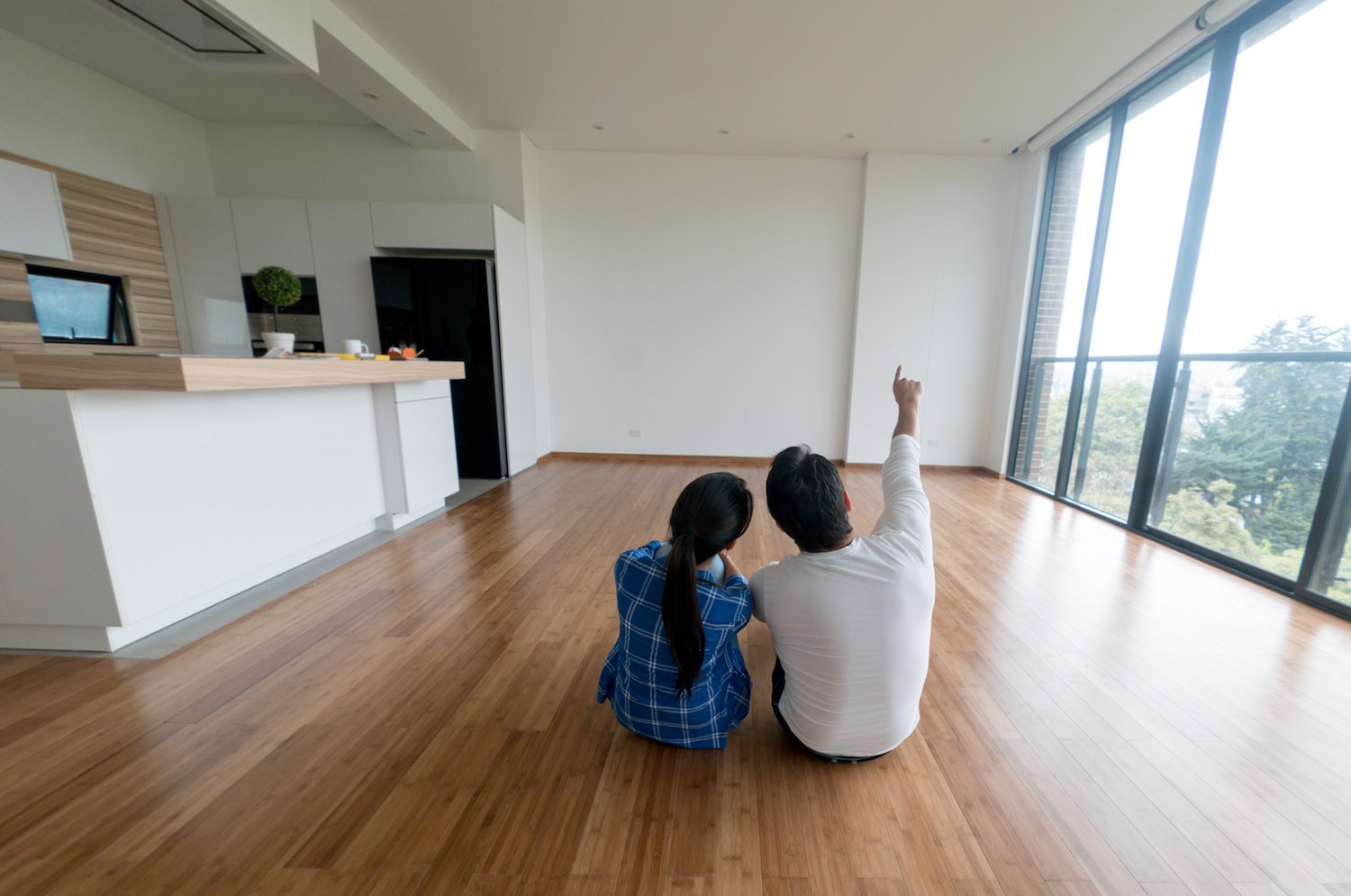 |
| Sengkang Grand Residences, a 99-year leasehold condo next to Buangkok MRT station, sold 235 of the 280 units offered at its launch last month.PHOTO: CDL |
Sales of new private homes picked up strongly last month despite the start of the year-end holiday period and amid a property glut, data showed yesterday.
Developers sold 1,147 units last month - excluding executive condominiums (ECs) - 23.2 per cent more than in October but 4.5 per cent fewer than in November last year.
If ECs were included, 1,168 units were sold last month, a 21.9 per cent increase from October but 3 per cent lower than a year ago, the Urban Redevelopment Authority (URA) data noted.
Developers launched 740 private homes for sale last month, down 17 per cent from October and 44.9 per cent fewer than the 1,342 in November last year. There were no ECs launched last month.
Last month's take-up was led by projects in suburban areas, known as outside central region, with 608 sales, followed by 351 in the city fringes or rest of central region, and 188 in prime areas or core central region.
The best-seller was the 680-unit Sengkang Grand Residences, which launched last month. The 99-year leasehold condo next to Buangkok MRT station sold 235 of the 280 units offered at a median price of $1,741 per sq ft (psf).
The 296-unit One Holland Village Residences in a prime district sold 87 of the 126 units launched at a median price of $2,606 psf.
Three previously launched projects did well last month - Parc Esta with 102 sales, Jadescape with 60 and Parc Botannia at 59.
There have been 9,547 units, excluding ECs, sold so far this year, out of 10,751 launched. This already exceeds the 8,795 units moved for the whole of last year.
"We estimate that between 9,500 and 10,000 units could be sold this year," said Ms Christine Sun, head of research at OrangeTee & Tie.
"We anticipate that the next wave of inbound capital may continue to enter Singapore's property market next year with more Chinese capital flowing south."
Ms Sun added that mortgage rates may remain low or go lower next year, which would help housing demand to "cruise" at current levels: "As such, we estimate that between 9,000 and 9,800 new homes, excluding ECs, could be transacted in 2020."
Mr Desmond Sim, CBRE's research head for South-east Asia, noted that 51 projects have been launched this year - the busiest in the past five years.
He said most new launches this year have had a take-up of less than 50 per cent, so developers are expected to focus on clearing existing inventory while remaining prudent in land bidding.
URA data for last month also shows that the accumulated number of new private residential units launched but unsold stands at 4,375, or 4,748 if ECs are included.
The Monetary Authority of Singapore warned last month that oversupply in the private market threatens to push down prices. There were 31,948 unsold private homes from projects with planning approval as of Sept 30, which could take nearly four years to clear.
Private home prices rose 7.9 per cent last year but consultants expect them to rise by just 2 to 3.5 per cent this year, after the July 2018 cooling measures were implemented.
PUBLISHED
DEC 17, 2019, 5:00 AM SGTsource: the straits times





















